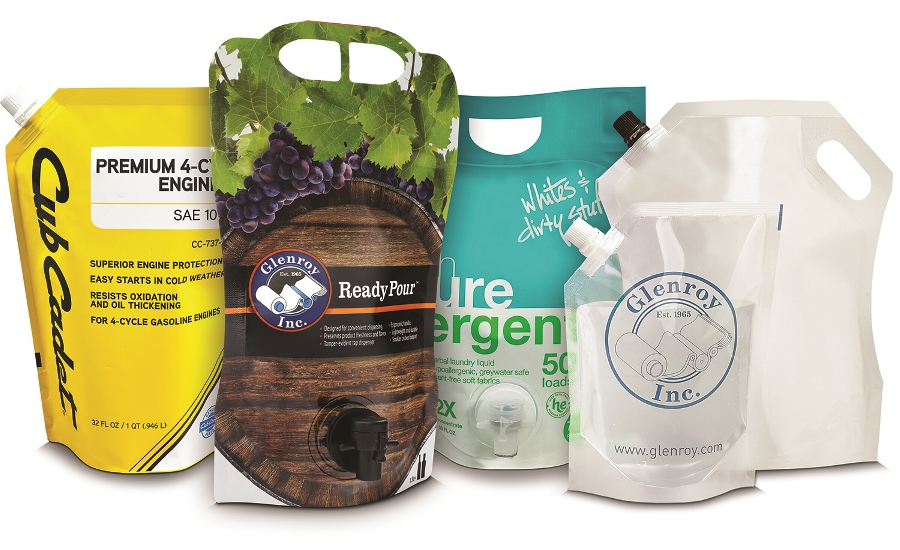Supplier insights
Six pitfalls to avoid when choosing stand-up pouches for liquid products

Many companies supply stand-up pouches, but if you’re considering stand-up pouches for liquid products, it’s wise to look for a pouch supplier with specialized expertise in this area. There are several potential pitfalls that can be encountered when choosing pouches for liquids, but a supplier experienced in supplying pouches for liquids can easily help you navigate around these obstacles.
1. Pouch prototyping
Certain pouch shapes encourage buckling or folding of the flexible packaging film, which can lead to stress fractures—and ultimately leaks. A pouch supplier with experience in liquid pouches can collaborate with you to create innovative pouch prototypes that prevent stress fractures and provide structural stability, shelf impact, and convenience.
2. Pouch converting
Some suppliers with experience in engineering and manufacturing stand-up pouches for liquids have developed techniques for pouch converting that provide safeguards against potential leaks. According to Kevin Riggs, pouching operations manager here at Glenroy Inc., “We use methods of pouch sealing that create stronger seals and help to prevent leaks in the most vulnerable areas of a pouch. These methods aren’t used across the board by all pouch converters.”
3. Filling equipment
When designing prototypes, your pouch supplier should also know and take into account the filling process that is going to be used for your pouches. For example, some pouch filling equipment may require extra area on pouches to account for the sealing bar. The filling process is a critical aspect in the supply chain and often impacts pouch design.
4. Flexible packaging materials
The flexible packaging structure chosen for your pouches plays an essential role in preventing pouch failures. Puncture resistance and durability are extremely important when designing pouches for liquids, and an experienced pouch supplier will engineer these attributes into the flexible packaging structure using specialized materials.
5. Pouch testing
Throughout the stages of package engineering, packaging film manufacturing, and pouch converting, your pouch supplier should subject your pouches to various types of testing to ensure that the final package will function optimally. For example, when forming pouches, performing water bath testing (a test using external pressure) and internal pressure testing frequently throughout each pouch converting run can immediately detect any leaks or weak seals.
6. Spouts
Spouts play an essential role in the functionality of pouches for liquids. A wide variety of them are available to add convenient features to pouches, such as easy opening and reclosing, audible feedback, tamper evidence, clean product cut off and controlled pouring. A pouch supplier with experience designing spouted pouches for liquids can guide you towards spout & fitment options that are optimal for your products’ viscosity.
Thinking outside the bottle
There is a misconception about flexible packaging that is becoming less prevalent, but still exists for some. That misconception is the belief that pouches aren’t as durable or functional as rigid packaging. When addressing the perceived durability of pouches, Riggs points out, “We’ve developed spouted pouches that hold 32-ounce of liquid and pass 12 foot drop testing. In my opinion, pouches can perform as good, and in some cases better, than bottles.”
Any remaining misconceptions about the durability of pouches will likely subside as numerous liquid products migrate from rigid packaging to pouches, and the “flexible packaging natives”—a generation of consumers that grew up drinking juice from flexible pouches—take center stage.
For more information, go to glenroy.com
